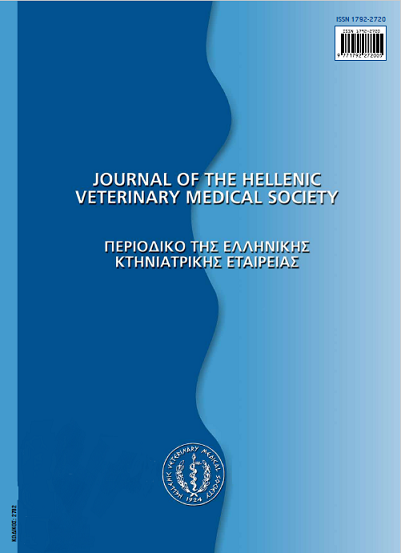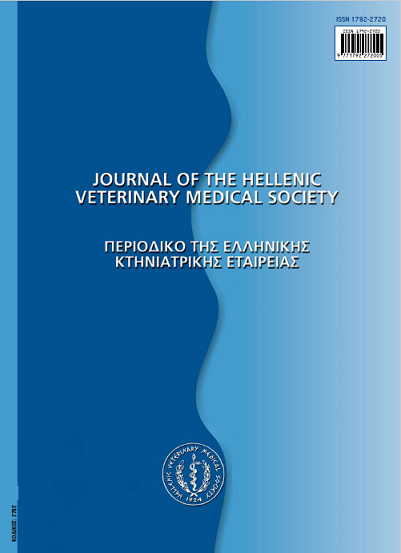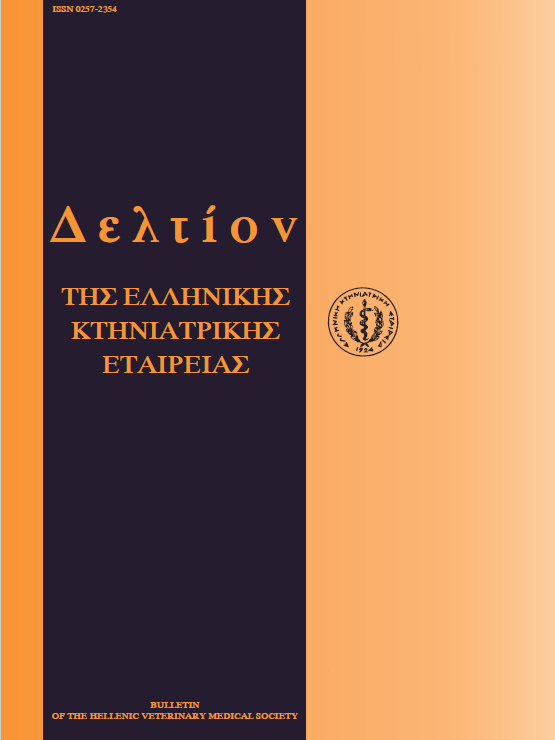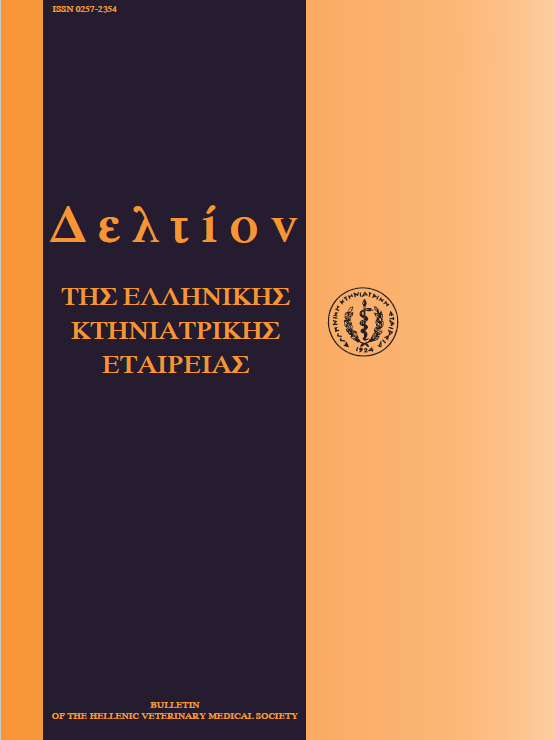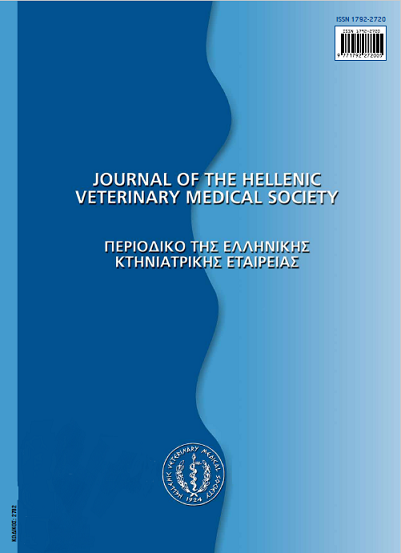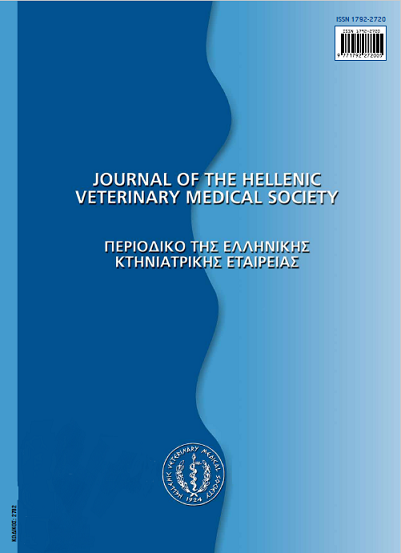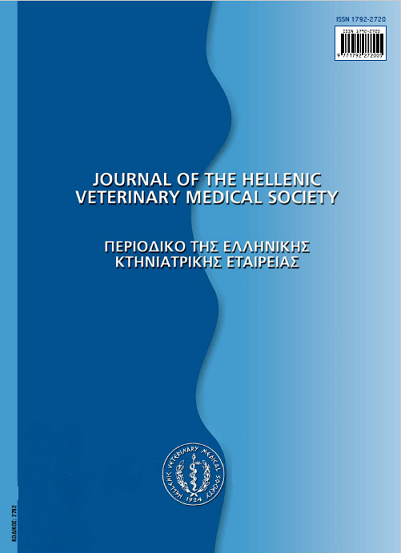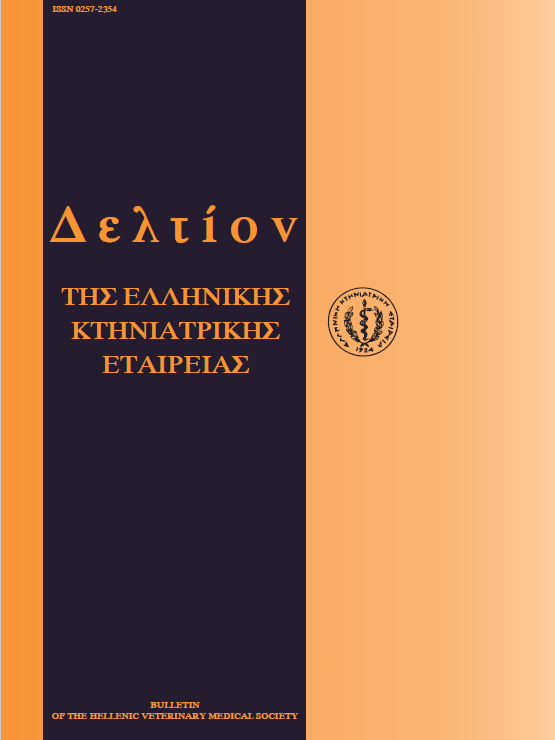A new swift method for ram ejaculate enrichment

Abstract
Semen availability in ram semen production facilities is of great importance and a method that would increase viability in low viability ejaculates could be useful. In this study the possibility of a glass beads filtration method estimating the beads total surface provided (TSP) for adhesion of spermatozoa is evaluated. Initially, two different TSP (102cm2,154cm2) achieved by various sizes of beads were tested and no significant difference in viability improvement appeared for the same TSP by different beads (p<0.05). An optimization test followed in which three different funnels were evaluated using standard TSP (154cm2). The only parameter improved was filtrate volume, while filtration time, density and viability improvement remained the same (p<0.05).
Finally, different TSP were evaluated and significant differences in viability improvement (p<0.01) and filtrate volume (p<0.05)
for 102cm2 appeared. Increase in initial value 25% for viability and ejaculate recovery 65% all in time less than 6 minutes strongly
suggest that through further development this method can be used in ram semen production facilities.
Article Details
- How to Cite
-
PIPERELIS (Σ.Γ. ΠΙΠΕΡΕΛΗΣ) S. G., Vafiadis (Δ. ΒΑΦΕΙΑΔΗΣ) D., & Alexopoulos (Κ. ΑΛΕΞΟΠΟΥΛΟΣ) C. (2018). A new swift method for ram ejaculate enrichment. Journal of the Hellenic Veterinary Medical Society, 61(2), 120–126. https://doi.org/10.12681/jhvms.16101
- Issue
- Vol. 61 No. 2 (2010)
- Section
- Research Articles

This work is licensed under a Creative Commons Attribution-NonCommercial 4.0 International License.
Authors who publish with this journal agree to the following terms:
· Authors retain copyright and grant the journal right of first publication with the work simultaneously licensed under a Creative Commons Attribution Non-Commercial License that allows others to share the work with an acknowledgement of the work's authorship and initial publication in this journal.
· Authors are able to enter into separate, additional contractual arrangements for the non-exclusive distribution of the journal's published version of the work (e.g. post it to an institutional repository or publish it in a book), with an acknowledgement of its initial publication in this journal.
· Authors are permitted and encouraged to post their work online (preferably in institutional repositories or on their website) prior to and during the submission process, as it can lead to productive exchanges, as well as earlier and greater citation of published work.





